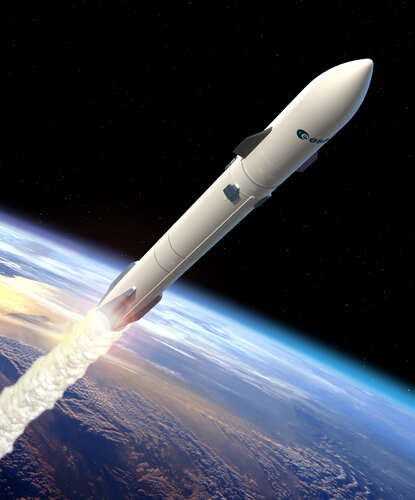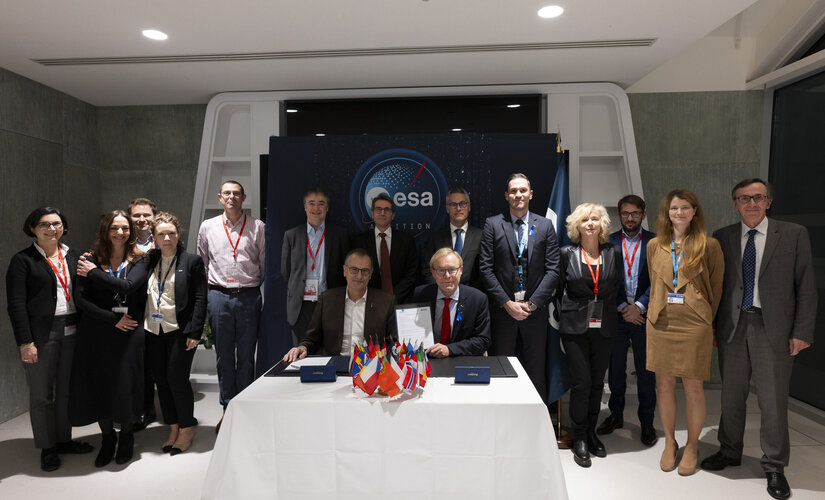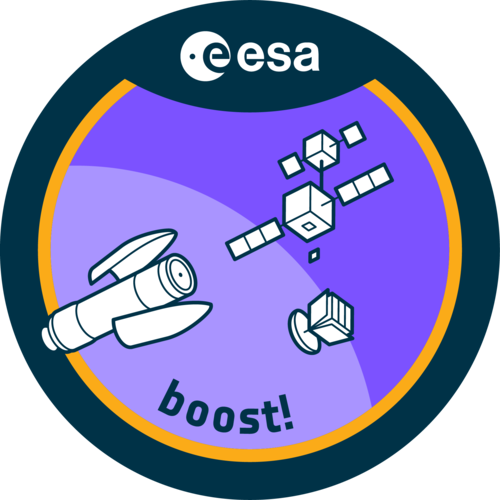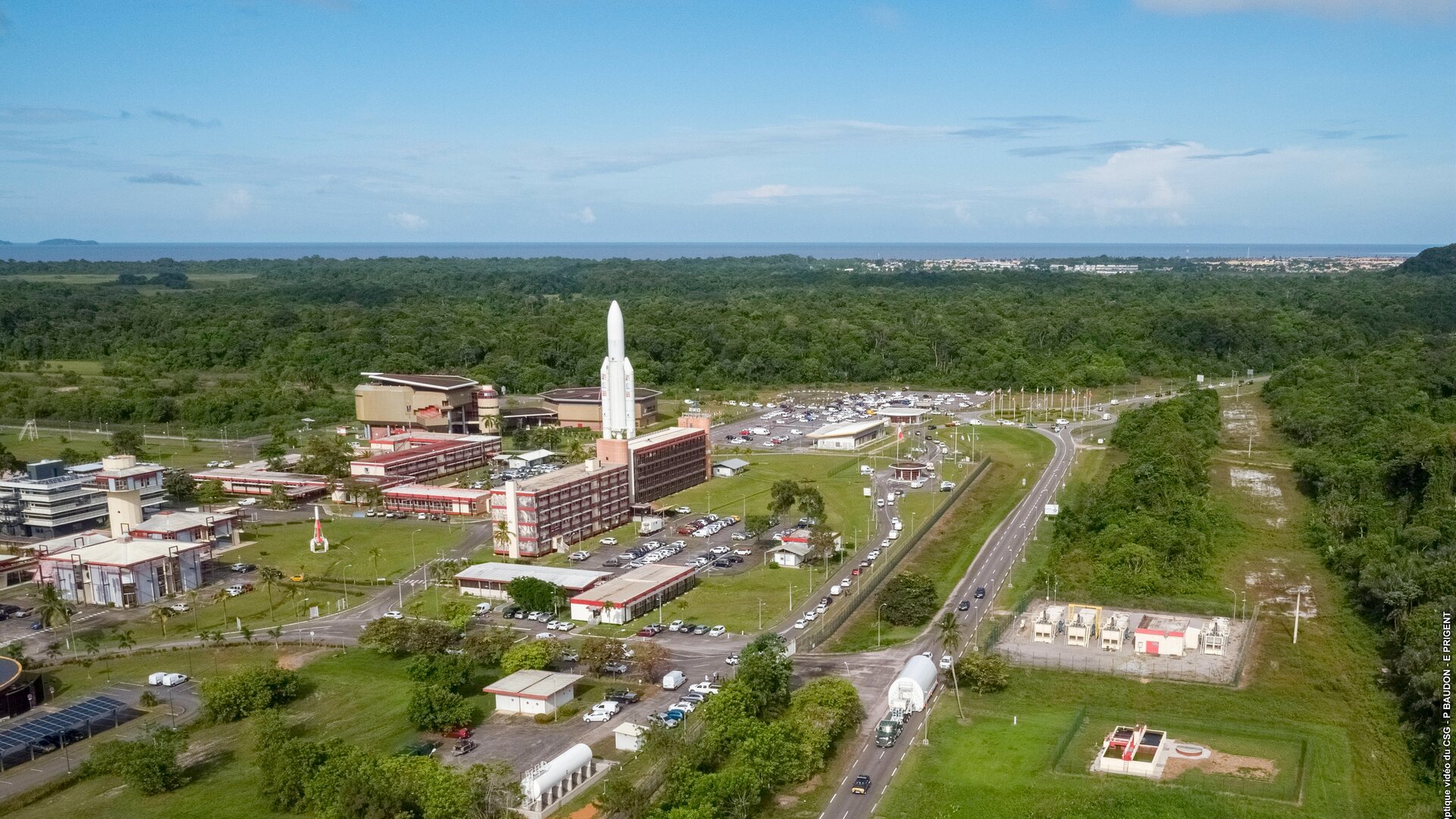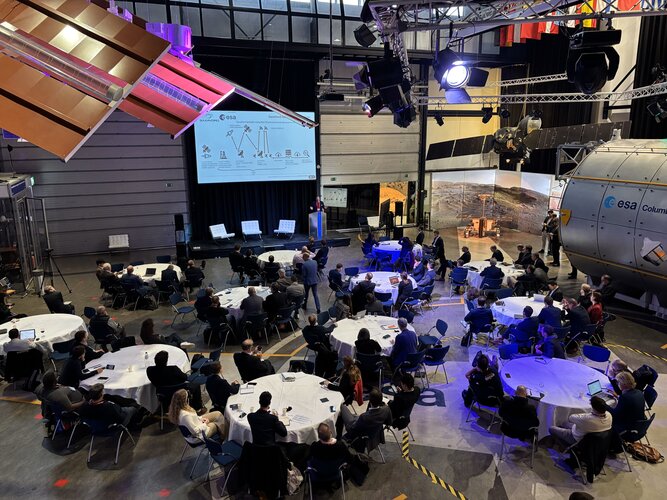#launchers
Fit-check timelapse: Themis reusable rocket stage demonstrator
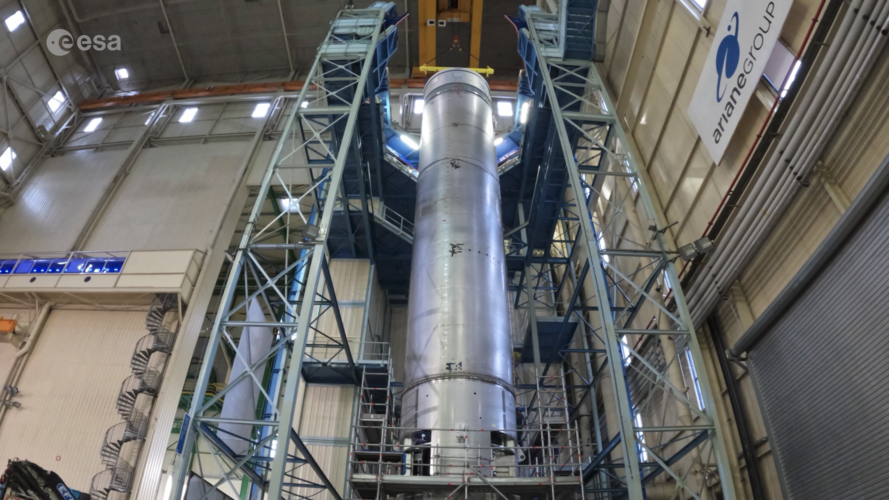
 Video: 00:01:20
Video: 00:01:20
In December 2024 the first Themis – Europe’s demonstrator of a reusable rocket first stage – completed a ‘full fit-check’ standing tall at ArianeGroup’s facility in Les Mureaux, France.
This step in the rocket development proves that all main elements fit together as planned, confirming the mechanical connections and interfaces from the lower to the upper parts of the rocket stage connect smoothly and as intended.
The 28-m tall model includes the main elements for Themis such as the engine bay, the fuel tanks, the flight control bay and the upper part. It is powered by the new-generation European Prometheus, an engine developed by ArianeGroup that runs on liquid methane and liquid oxygen and can vary its throttle in flight that is necessary for landing.
This fit-check was one of the key requirements and one of the final steps in Les Mureaux to conclude the development phase of Themis – designated T1H for Themis 1-engine Hop – opening the way for its transport to the Esrange Space Center in Sweden from where it will have its first flight next year. Its first flight will be a short hop, taking off and landing from the same location, organised as part of the European Commission Salto programme.
#launchers #space #science #esa #europeanspaceagency
posted by pod_feeder_v2
Fit for service: Themis reusable rocket stage demonstrator

 Image: Fit for service: Themis reusable rocket stage demonstrator
Image: Fit for service: Themis reusable rocket stage demonstrator
#launchers #space #science #esa #europeanspaceagency
posted by pod_feeder_v2
Vega-C liftoff and return-to-flight
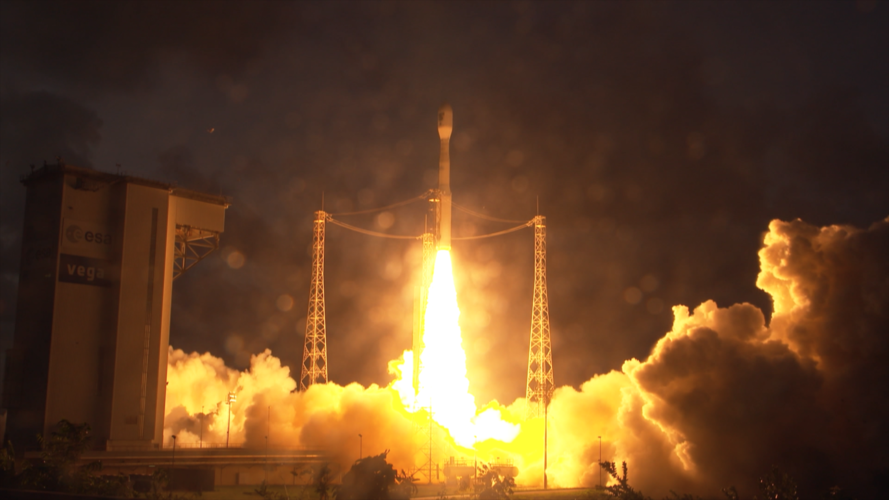
 Video: 00:04:20
Video: 00:04:20
Relive the Vega-C launch, flight VV25, from various angles.
The third Copernicus Sentinel-1 satellite, Sentinel-1C, has launched aboard a Vega-C rocket, flight VV25, from Europe’s Spaceport in French Guiana. The rocket lifted off on 5 December 2024 at 22:20 CET (18:20 local time).
Sentinel-1C extends the legacy of its predecessors, delivering high-resolution radar imagery to monitor Earth’s changing environment, supporting a diverse range of applications and advance scientific research. Additionally, Sentinel-1C introduces new capabilities for detecting and monitoring maritime traffic.
The launch also marks Vega-C’s ‘return to flight’, a key step in restoring Europe’s independent access to space. Vega-C is the evolution of the Vega family of rockets and delivers increased performance, greater payload volume and improved competitiveness.
#launchers #space #science #esa #europeanspaceagency
posted by pod_feeder_v2
Silver Journeys – Ariane 6 woodcut poster
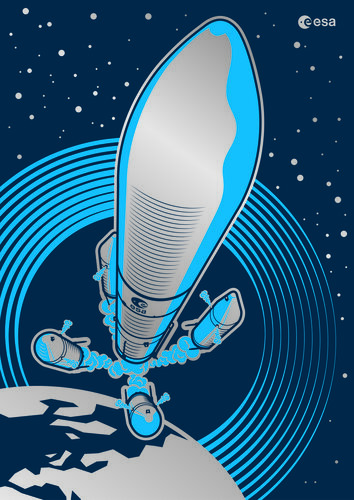
 Image: Silver Journeys – Ariane 6 woodcut poster
Image: Silver Journeys – Ariane 6 woodcut poster
#launchers #space #science #esa #europeanspaceagency
posted by pod_feeder_v2
Silver Journeys – Vega-C woodcut poster
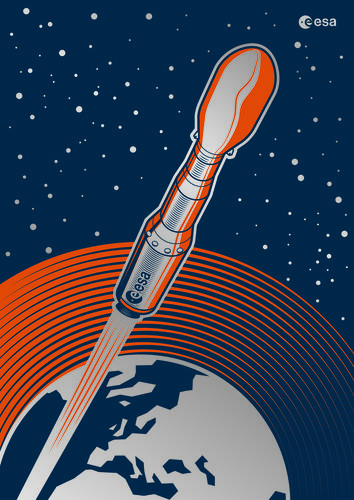
 Image: Silver Journeys – Vega-C woodcut poster
Image: Silver Journeys – Vega-C woodcut poster
#launchers #space #science #esa #europeanspaceagency
posted by pod_feeder_v2
Silver Journeys – Space Rider woodcut poster
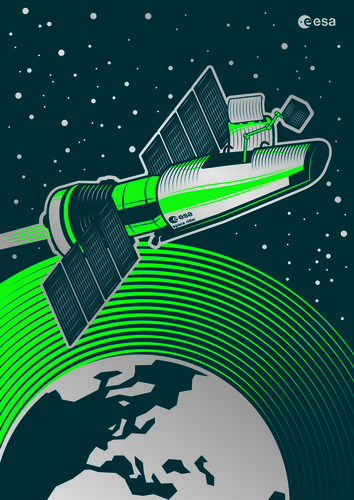
 Image: Silver Journeys – Space Rider woodcut poster
Image: Silver Journeys – Space Rider woodcut poster
#launchers #space #science #esa #europeanspaceagency
posted by pod_feeder_v2
Vega-C takes Sentinel-1C into orbit
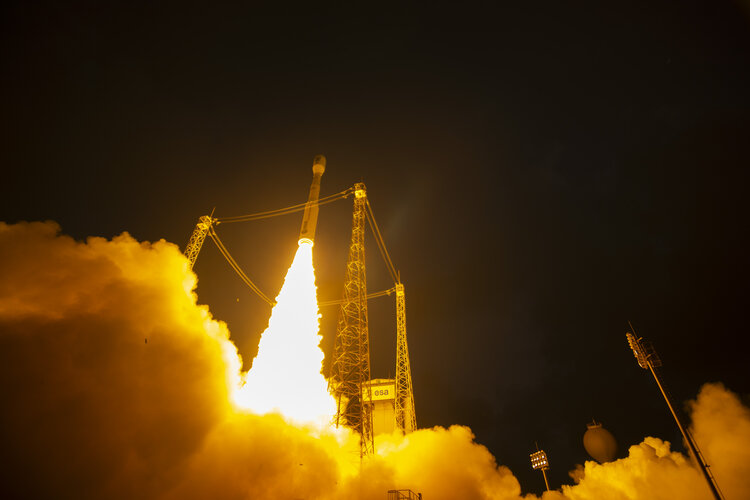
 Image: Vega-C takes Sentinel-1C into orbit
Image: Vega-C takes Sentinel-1C into orbit
#launchers #space #science #esa #europeanspaceagency
posted by pod_feeder_v2
Vega-C blueprint

 Image: Vega-C blueprint
Image: Vega-C blueprint
#launchers #space #science #esa #europeanspaceagency
posted by pod_feeder_v2
Moving Sentinel-1C to Vega-C's Vampire payload adapter

 Image: Moving Sentinel-1C to Vega-C's Vampire payload adapter
Image: Moving Sentinel-1C to Vega-C's Vampire payload adapter
#launchers #space #science #esa #europeanspaceagency
posted by pod_feeder_v2
Artist impression of Sentinel-1C in the Vega-C launcher
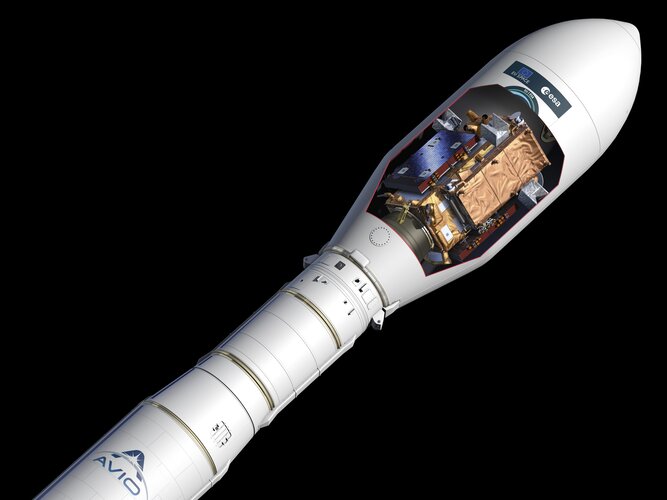
 Image: Artist impression of Sentinel-1C in the Vega-C launcher
Image: Artist impression of Sentinel-1C in the Vega-C launcher
#launchers #space #science #esa #europeanspaceagency
posted by pod_feeder_v2
Moving Sentinel-1C to Vega-C's Vampire payload adapter
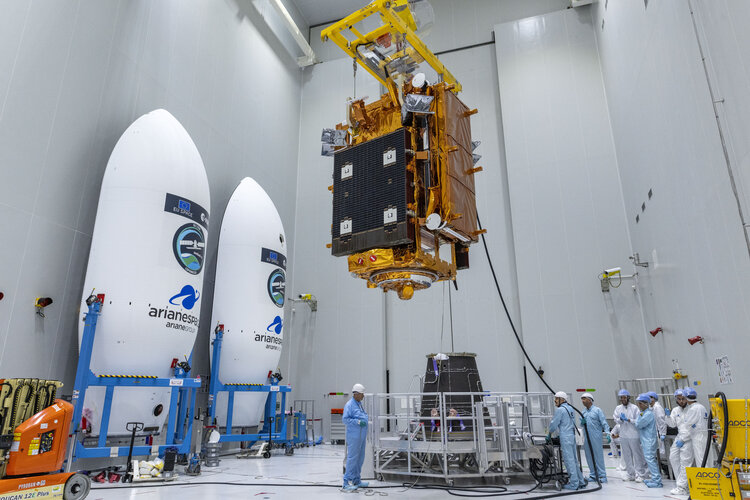
 Image: Moving Sentinel-1C to Vega-C's Vampire payload adapter
Image: Moving Sentinel-1C to Vega-C's Vampire payload adapter
#launchers #space #science #esa #europeanspaceagency
posted by pod_feeder_v2
Sustainability, digitalisation and extraordinary maintenance contracts at Europe’s Spaceport
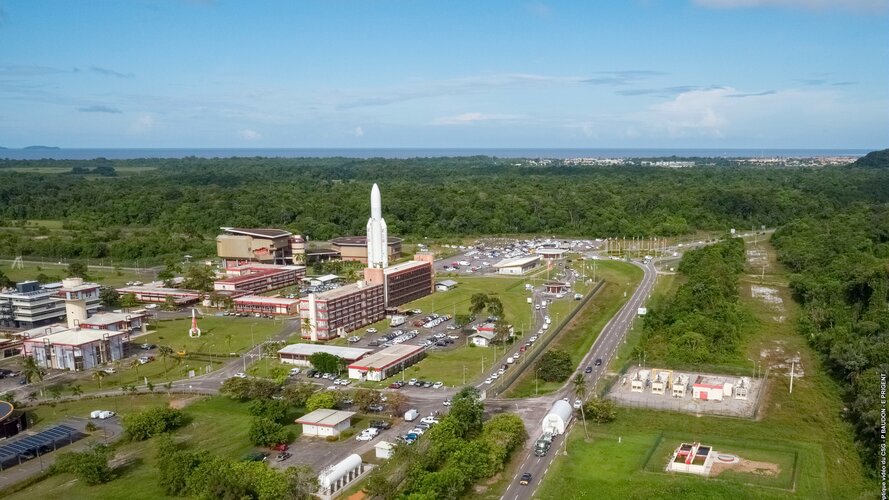

ESA and CNES invite space and non-space companies from all ESA Member States to support the extraordinary maintenance and digital modernisation of several activities at Europe’s Spaceport in French Guiana.
#launchers #space #science #esa #europeanspaceagency
posted by pod_feeder_v2




